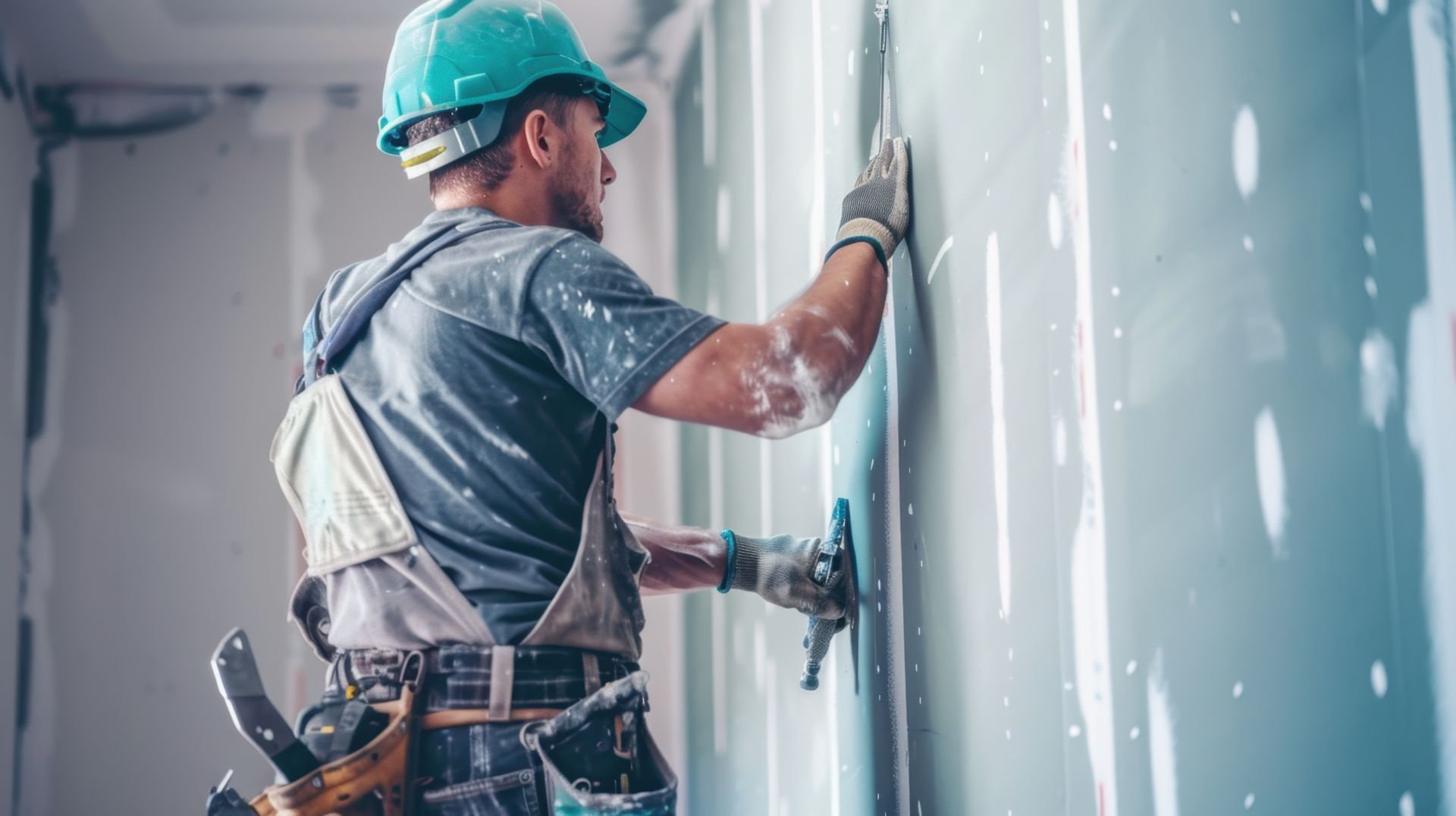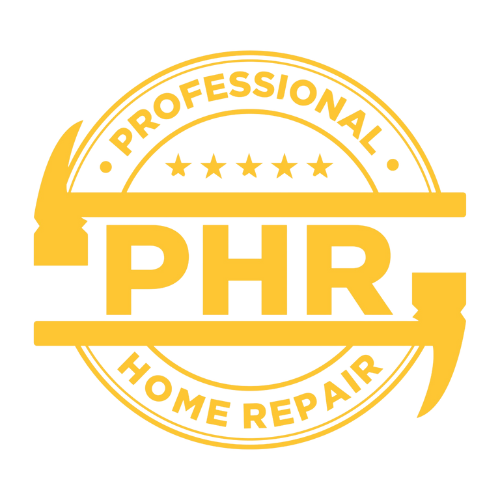Drywall: Battling Cracks, Sun Damage, & Shifting Foundations

Phoenix, Arizona, is known for its breathtaking desert landscapes, relentless sunshine, and intense heat. While these conditions create a unique and beautiful environment, they also pose specific challenges for homeowners—especially when it comes to drywall maintenance. The extreme desert climate leads to cracking walls, sun damage, and shifting foundations, all of which can wreak havoc on the interior structure of a home. Understanding these issues and how to combat them can save homeowners time, money, and frustration in the long run.
The Impact of Phoenix’s Climate on Drywall
The desert climate in Phoenix is unlike most other regions in the U.S. With scorching summer temperatures exceeding 110°F and cool winter nights dropping to the 40s, the rapid temperature fluctuations cause drywall to expand and contract. This constant movement weakens the material over time, resulting in cracks and separation at seams and corners.
Additionally, the region’s low humidity levels cause drywall to dry out more quickly, leading to brittle material that is more susceptible to damage. Unlike in humid climates where moisture can keep drywall flexible, Phoenix's arid air accelerates wear and tear, requiring more frequent repairs. Homeowners often notice small stress fractures appearing along ceilings and walls, particularly in older homes or those with less structurally reinforced drywall.
Foundation Shifts and Their Effect on Drywall
Another major issue for homeowners in Phoenix is soil movement. The city's soil consists largely of expansive clay, which swells when wet and contracts when dry. With monsoon rains followed by long periods of drought, the constant shifting of the ground beneath a home leads to foundation instability. Even minor foundation movement can result in visible cracks in drywall, particularly around doors, windows, and ceilings.
Signs of foundation-related drywall damage include:
- Long, diagonal cracks extending from door frames or windows.
- Gaps between the wall and ceiling.
- Uneven flooring, which can put additional strain on interior walls.
- Bulging or warped drywall, often caused by increased pressure from a shifting foundation.
Addressing foundation issues early is critical. Homeowners experiencing frequent drywall cracks should consider consulting a foundation specialist in addition to seeking drywall repair phoenix. Reinforcing the foundation before drywall repairs can prevent recurring damage and reduce repair costs over time.
Sun Damage: A Hidden Threat to Drywall
Sun exposure is another often-overlooked culprit of drywall deterioration. In Phoenix, many homes feature large windows that allow natural light to flood interior spaces. While this can create a warm and inviting atmosphere, prolonged exposure to UV rays can weaken drywall, causing it to fade, dry out, and become more fragile.
Homeowners may notice:
- Discoloration on drywall near windows and skylights.
- Peeling or crumbling drywall surfaces, particularly in rooms with direct sun exposure.
- Increased brittleness and susceptibility to cracks, especially in areas where sunlight heats the walls throughout the day.
To minimize sun damage, window treatments such as UV-blocking films, blackout curtains, and strategic furniture placement can help reduce direct exposure. Additionally, using high-quality paint with UV protection can extend the lifespan of interior drywall. Installing awnings or outdoor shading solutions can further reduce indoor heat buildup, which in turn helps protect interior walls.
Preventative Maintenance and Early Detection
While Phoenix’s climate presents unique challenges, proactive maintenance can help homeowners prevent severe drywall damage. Here are some key steps to keep walls in top condition:
1. Regular Inspections
Checking drywall for early signs of cracks, gaps, or discoloration can prevent minor issues from becoming major repairs. Pay close attention to areas around windows, doors, and high-traffic sections of the home. Hairline cracks can quickly expand, so sealing them promptly with the right materials is crucial.
2. Humidity Control
Using a humidifier during the dry season can help keep indoor air from becoming excessively arid. Maintaining a humidity level of 30-50% can reduce drywall brittleness and limit cracking. Additionally, sealing air leaks around doors and windows can help stabilize indoor humidity levels.
3. Foundation Monitoring
Keep an eye out for signs of foundation shifting, such as doors that no longer close properly or sudden drywall cracks. Addressing foundation problems early can prevent extensive drywall repairs. Installing expansion joints in drywall construction can also allow for slight shifts without causing significant cracks.
4. Sealing and Reinforcement
Applying high-quality joint compounds and sealants can help reinforce weak drywall areas. Certain flexible caulks and drywall patches work better in Phoenix’s climate, preventing excessive cracking. Consider using mesh tape instead of paper tape when repairing cracks, as it provides stronger reinforcement against movement.
Want to know more? Read “Drywall Despair No More: Drywall Repair Experts Are Here.”
Local Solutions: The Best Drywall Materials for Phoenix Homes
Not all patching materials are created equal—especially in a desert climate like Phoenix. Choosing the right repair products can make a significant difference in the durability of a repair job.
Best Drywall Patching Compounds for Phoenix
- Flexible joint compound: Expands and contracts with temperature changes, reducing the likelihood of cracks reappearing.
- Elastomeric caulk: Perfect for sealing cracks that are prone to movement, such as those caused by foundation shifts.
- UV-resistant drywall paint: Helps protect walls from sun damage, extending the life of both paint and drywall.
- Plaster-based patches: More resistant to brittle cracking than standard joint compound, making them ideal for high-heat environments.
Professional Home Repair specializes in using high-quality materials suited for Phoenix’s harsh climate. Their expertise ensures that repairs last longer, reducing the frequency of maintenance needed.
The Impact of Dust and Haboobs on Drywall
Phoenix’s infamous dust storms, or haboobs, pose yet another challenge for drywall maintenance. These massive storms can carry fine desert dust into even the smallest cracks in walls. Over time, dust accumulation can:
- Worsen existing cracks, making them more visible and prone to spreading.
- Cause discoloration and staining on drywall surfaces, leading to an unsightly appearance.
- Affect indoor air quality by harboring allergens within drywall openings.
Regularly cleaning walls and sealing cracks as soon as they appear can prevent dust from settling in. Homeowners should also ensure that their HVAC systems are well-maintained with high-quality air filters to reduce indoor dust circulation.
Conclusion: Protect Your Drywall from Phoenix’s Climate Challenges
Phoenix homeowners face a unique set of drywall challenges due to the city’s extreme climate. From temperature fluctuations and soil movement to sun damage and dust storms, it’s essential to stay proactive with drywall maintenance. Regular inspections, choosing the right materials, and addressing foundation issues early can help extend the life of a home’s walls.
For homeowners needing professional drywall repair in Phoenix, Professional Home Repair offers expert services tailored to the demands of the desert climate. Whether it’s fixing cracks, reinforcing weak areas, or protecting drywall from future damage, their team has the experience and materials to get the job done right.
Don’t let cracks and damage compromise your home’s beauty and integrity—contact
Professional Home Repair today for expert drywall repair in Phoenix!
You might also like
Professional Home Repair Blog





